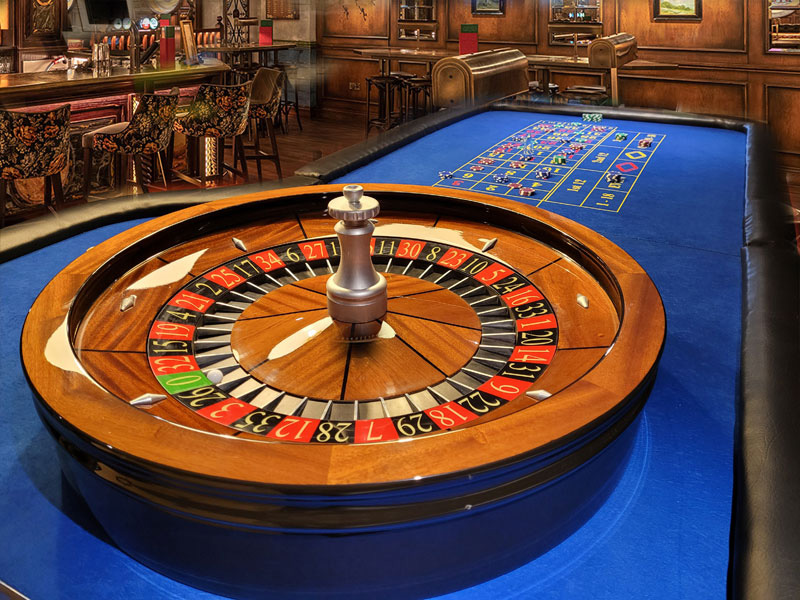
In the dynamic and exciting world of gaming establishments, where fortune and tactics intertwine, hues and design play a key role in drawing in players. From the moment visitors step into a casino or access a gaming platform, they are immersed in a visual feast that grabs their attention and entices them to explore more. Vivid colors, engaging graphics, and innovative layouts are carefully crafted to create an atmosphere of excitement and expectation, ultimately improving the gaming experience. MM88
As gamblers navigate through the ever-changing landscape of casino games, they encounter a range of designs that not only serve aesthetic purposes but also affect emotions and choices. Hues like scarlet and yellow symbolize wealth and luck, while soothing navy and emeralds can create a more relaxed environment. Grasping how these elements function together allows casinos to create an welcoming and energizing atmosphere that encourages players to engage with the games, invest more time at the tables, and boost their general enjoyment.
Color plays a critical role in the design of gaming experiences, affecting players’ emotional states and responses. Vivid and striking hues, such as crimson and yellow, are often used to stimulate excitement and draw attention. These shades create a feeling pressure and energy, encouraging players to involve themselves more readily with the experience. By strategically selecting colors, creators aim to evoke emotions of satisfaction and excitement, which can enhance the complete player experience.
Different colors also have psychological meanings that can impact how gamblers perceive their possibilities of victory. MM88 For case, green is often associated with fortune and abundance, making it a popular choice in games like roulette and poker games. This association can result players to feel more optimistic and assured in their gaming, ultimately motivating them to stake more. Comprehending these links allows game developers to create environments that enhance player enjoyment and loyalty.
Furthermore, the layout of gaming interfaces often employs color gradients and opposing colors to direct players’ responses. For example, winning results may be accentuated with striking, opposing hues, creating a visual cue. This approach reinforces successful results and supports repeated gameplay. By leveraging color psychology, casinos can design activities that not only captivate players but also hold them interested and committed in their game experience.
The visual appeal of casino games is largely influenced by the implementation of vibrant colors. Bright and striking colors are strategically chosen to create an inviting atmosphere that captures interest. For instance, reds and golds often signify luck and prosperity, which is why they are common in the color schemes of slot machines and game surfaces. These colors not only attract players in, but they also stir emotions associated with thrill and expectation, enhancing the total gaming experience.
In addition to color, the design and layout of gambling games play a significant role in player attraction. Games are designed to be intuitive, ensuring that players can quickly understand the guidelines and mechanics. Accessible interfaces, along with captivating graphics and motion, help maintain player interest and encourage longer play sessions. The physical elements, such as the feel of the buttons and the sounds of the games, also add to a holistic sensory experience that keeps players immersed.
In conclusion, thematic elements in gaming design can greatly influence player choice. Many gambling games are inspired by popular culture, fairy tales, or adventure themes, incorporating symbols and characters that connect with players. These themes create a sense of engagement and connection, making each game feel unique. When players feel a connection to the concept, they are more likely to opt for that game over others, leading to increased participation and excitement within the casino environment.
One prime example of successful gambling game design is the acclaimed slot machine series themed around popular movies. Games such as those based on the The Wizard of Oz and Game of Thrones utilize dynamic colors and high-quality graphics to enthrall players in well-known narratives. The employment of dynamic visuals and entertaining sound effects takes the attention of players, establishing an affective connection to the theme. This strategy not only promotes longer play but also boosts the overall gaming experience, yielding increased player retention.
Another effective case is the application of color in table games like 21 and roulette. Casinos often develop these games with rich reds and greens, colors traditionally associated with luck and wealth. For instance, the emerald felt on a 21 table provides a soothing effect, while the red accents in roulette invite excitement. This intentional use of color helps to foster an inviting atmosphere that encourages players to join in, fulfilling their psychological impulses and enhancing their enjoyment.
Finally, social casino games that incorporate social features and bright, dynamic designs have seen remarkable success in engaging players. Games like Zynga’s Poker and Slotomania leverage vivid colors and playful animations to establish an inviting online environment. The inclusion of leaderboards, social sharing options, and in-game rewards encourages competition and community, attracting players in for longer sessions. Such designs not just make the games visually enticing but also emphasize social interaction, a vital factor in player retention and engagement within online casino environments.